The nine base rules to kick-start accurate estimates.
The PCA Industry Standards discuss a range of issues that commonly become the subject of misunderstandings, or even in extreme cases, contract disputes. We had the opportunity to write a guest article for PCA on measuring a surface area for estimating painting and decorating work (Industry Standard P10) is broken down into nine quick steps.
The Industry Standards, coupled with good estimation software like PaintScout, allow business owners to save time and provide their clients with accurate and professional estimates for every job.
Rules for Specific Measurement
1. Never consider an object less than one linear foot. Make sure you measure items as one square foot per linear foot.
It’s not worth your time to measure down to the inch; this rule saves you time and money. Remember, always consider items less than one linear foot as one square foot per linear foot—easy!
2. Always measure cylinder items with a circumference of less than one foot as one foot.
Rule two is very similar to the previous rule because you don’t need to measure down to the inch again. In cases like these, save your team time when measuring cylinder-shaped items and always consider items less than one foot as one foot (unless you have the exact measurement, of course!).
3. Items that have similar features group them with a correct labor production rate.
The grouping factors are:
- Same surface
- Same finish
- Same application method and;
- Same accessibility
We want to make sure that estimators can save themselves time and keep things simple—if an item is essentially the same as something else, you should group the items!
4. When you have items with different features, list them individually on the quantity takeoff.
This rule is important because if items have different features or requirements, it may have different pricing, time, or other requirements.
5. When you measure an object like a window frame with direction changes, consider it as one item—count the item as one.
When you measure an object like a window frame, it makes the most sense to consider it as one item. It will save you time and effort for measuring. (It’s easier to group an object like that on the estimate—you could have a pre-saved line item).
6. Odd-shaped items? No problem. When you measure a non-uniform item, make sure you include the surface’s added length because of its odd shape.
If you followed PaintScout’s series, we mentioned that it’s important to think of the item as stretched out instead of its original state. This is because it’ll be much longer when it’s stretched out, meaning you may need additional supplies that you didn’t account for. Measuring surfaces this way will give you an accurate measurement!
7. Measure all items as solids.
Think of a chain-link fence; why would you measure each wire when you can count it as a solid? So, think of all items as a solid when measuring them! But, always remember that the pipes attached are incidental, and any other framework needs to be estimated separately.
8. If you have a small opening on a continuous surface, consider it part of the surface. But, if you have a space larger than 100 square feet, remove it from the measurement.
As we like to say, “Work smarter, not harder!” Don’t measure around openings on a wall or try to deduct them. If you have a small space, like in PaintScout’s example of a small window on a wall, measure the entire wall. It will take your painters just as much or more time to cut around the opening than to include it. But, if you have a space larger than 100 square feet, make sure to deduct that from the total measurement.
9. The final rule—Don’t deduct items such as cabinets, tubs, showers, and other things that may restrict movement or access for your team from the surface area.
This rule is similar to rule eight. It takes more time and trouble to cut around and cover something than it would be to paint the area they cover; don’t deduct from the wall or ceiling that is being measured.
PCA members are eligible to receive 50% off our software for the first three months. If you would like a demo or a free trial, click here.
For more content on sales, estimation tips, and to brush up on PCA’s Standards for Specific Measurement, check us out on social media!





